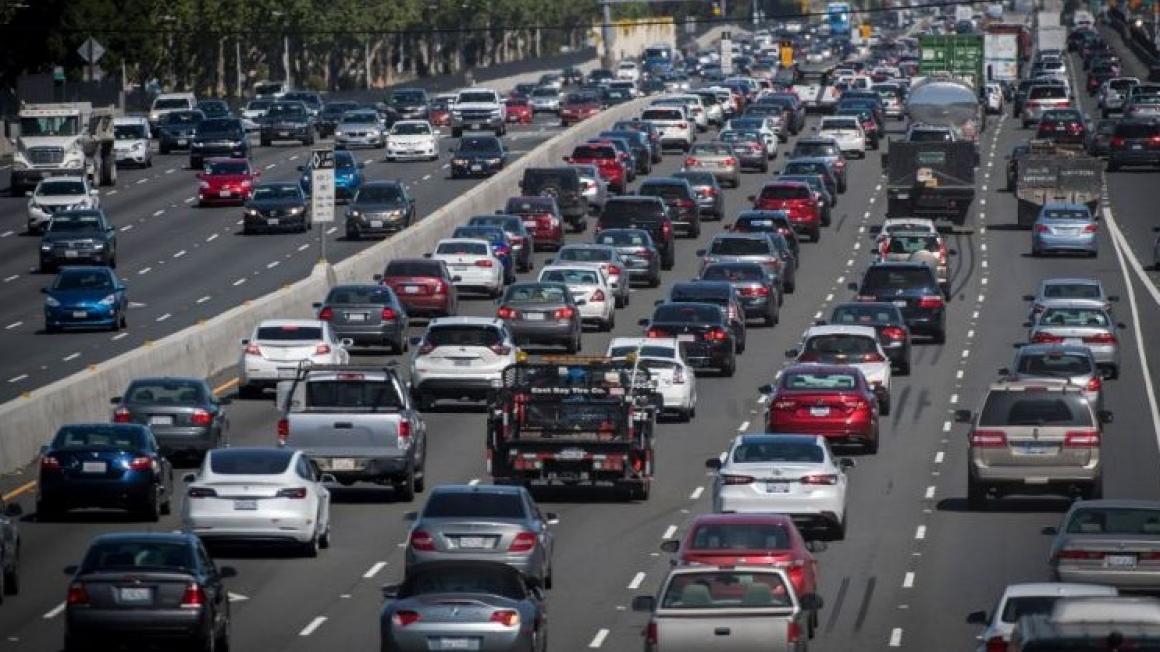As one of the most economically important corridors in California, US-101 has been hampered by worsening congestion and unreliable travel times.
Bay Area transportation agencies are convening employers, community members, and advocates to undertake a US-101 Mobility Action Plan (MAP) for the freeway corridor in San Francisco, San Mateo, and Santa Clara Counties. The Plan seeks to complement existing and upcoming US-101 infrastructure improvement projects with innovative programs, policies, and strategies to help people travel more reliably through the corridor.
Public transit agency staff, advocates, employers, and other stakeholders from San Francisco, San Mateo, and Santa Clara Counties will all play a part in developing the Mobility Action Plan. The public can help by taking a short survey and providing feedback about your US 101 travel experiences, mobility barriers you may experience, and how you might travel in the future. The survey will be open through July 31.
The outcome of the MAP will include a comprehensive set of near-term, equity-based policy changes or transportation demand management (TDM) programs to maximize the benefits of planned infrastructure projects. TDM programs, which can include transit subsidies, carpool programs, improved bicycle connections, and other incentives or disincentives, seek to reduce travel demand of single-occupancy vehicles or to redistribute this demand to off-peak travel times.
Issues of congestion and unpredictable travel times affect everyone who travels the corridor, but some groups are more vulnerable than others. Lower-income households spend a greater share of their income on transportation. Additionally, hourly-wage and shift-based workers often have less flexibility in their work schedules and can face job loss or reduced wages due to tardiness.
More information about the MAP, including project updates and goals, can be found at www.101mobilityactionplan.com. The project will wrap up later this year.
Creating a Better Way to Travel on Highway 101
06/12/2019
Deanna Bolio
